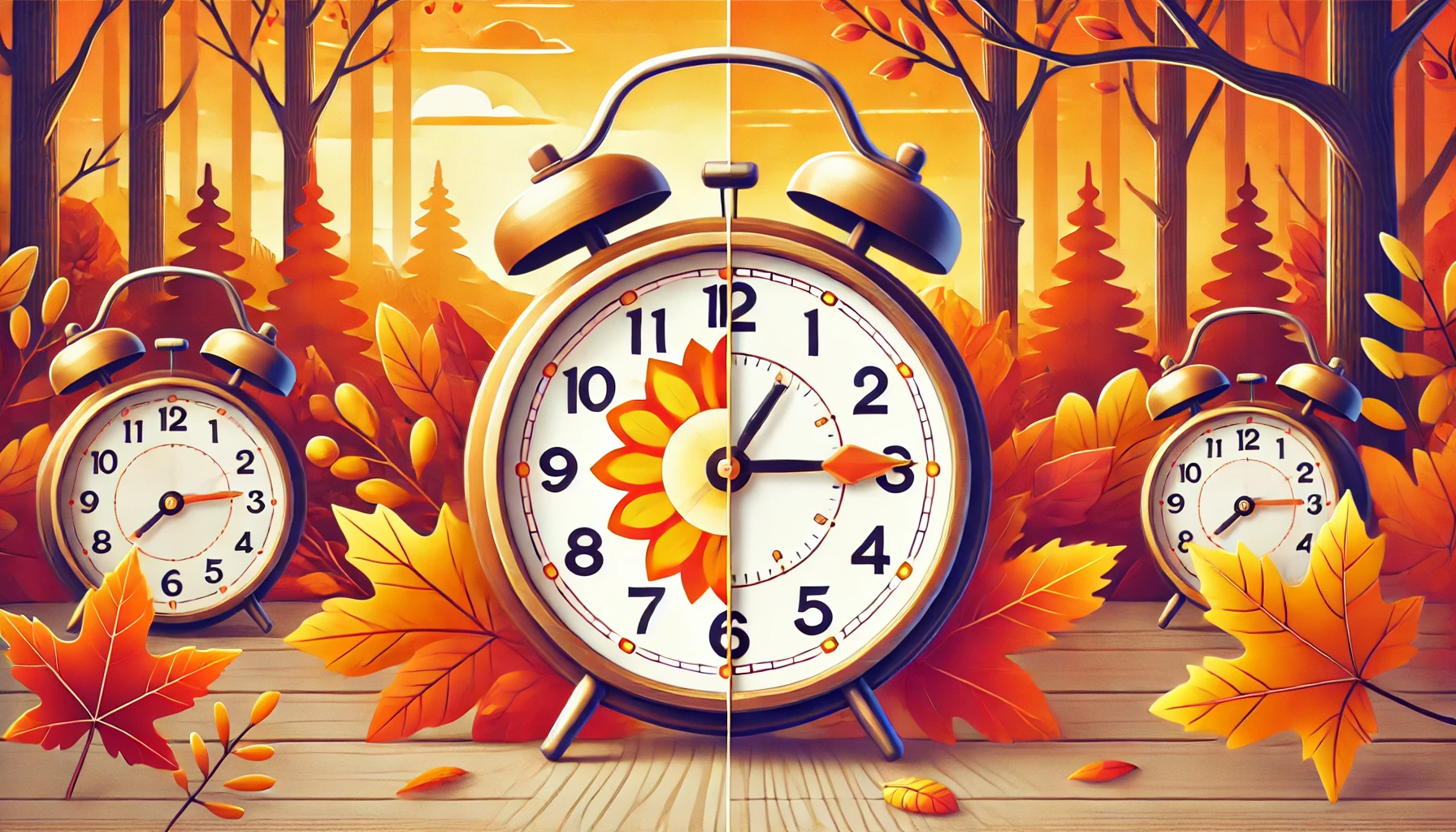Wondering when is Daylight Savings fall ends in 2024? Learn the exact date, the history behind it, and tips to adjust. Prepare for the fallback with our guide.
Introduction
As the days grow shorter and the air becomes crisper, many of us are reminded that it’s almost time for Daylight Savings to end. The transition, commonly known as “falling back,” signals the return to Standard Time. But when is Daylight Savings fall 2024, and what should you expect? In this blog post, we’ll cover the exact date of the time change, a brief history of Daylight Savings Time (DST), and how you can prepare for the shift in your routine.
When is Daylight Savings Fall 2024?
In the United States, Daylight Savings Time (DST) officially ends on Sunday, November 3, 2024, at 2:00 AM. At that time, clocks will be set back one hour, effectively giving everyone an extra hour of sleep. This marks the transition from Daylight Savings Time back to Standard Time.
The phrase “spring forward, fall back” is often used to help people remember which way to adjust their clocks during the seasonal time changes.
The History of Daylight Savings Time
1. Origins of Daylight Savings Time
The idea of adjusting clocks to make better use of daylight is not a modern invention. It was first proposed by Benjamin Franklin in 1784 as a way to save candles by making better use of natural light. However, it wasn’t until World War I that the concept was officially adopted. Germany was the first country to implement DST in 1916, hoping to conserve fuel during wartime. The United States followed suit in 1918.
2. Why Do We Still Have Daylight Savings Time?
While initially adopted for energy conservation, the reasons for maintaining DST have evolved. Today, many countries continue the practice for a variety of reasons, including:
- Maximizing daylight: By shifting the clocks, there is more daylight in the evening, allowing people to enjoy outdoor activities after work.
- Economic benefits: Extended daylight hours can benefit retailers and businesses that rely on foot traffic.
- Safety: Studies suggest that having more daylight in the evening reduces traffic accidents and lowers crime rates.
How to Prepare for the Fall Back
The shift back to Standard Time may seem like a small change, but it can have a surprising impact on your body’s internal clock and daily routine. Here are a few tips to make the transition easier:
1. Adjust Your Sleep Schedule Gradually
In the week leading up to the time change, try going to bed 15-20 minutes earlier each night. This will help your body slowly adapt to the new schedule, making the transition smoother.
2. Use the Extra Hour Wisely
While many people see the end of Daylight Savings as a chance to catch up on sleep, you can also use the extra hour to do something productive. Whether it’s reading, exercising, or spending time with family, the bonus hour can be a gift.
3. Be Mindful of Electronics
Your phone, computer, and other smart devices will likely update the time automatically, but be sure to manually set back any non-digital clocks in your home, such as wall clocks, ovens, or microwaves.
4. Stay Active During the Day
As daylight hours shrink, it’s easy to feel sluggish or experience mood changes. Combat this by staying active during the day, whether through a walk, workout, or other forms of physical activity. This will help maintain your energy levels and keep your body aligned with the new time.
Conclusion
The end of Daylight Savings Time in fall 2024 will occur on Sunday, November 3, at 2:00 AM, when clocks are set back one hour. While the adjustment may seem minor, it can affect sleep, productivity, and even mood. By understanding the history behind DST and following a few simple tips, you can make the transition smoother and more enjoyable.
FAQs
1. Why do we fall back in November?
The “fall back” time change is part of the annual switch from Daylight Savings Time back to Standard Time. This helps adjust the daylight hours as the days become shorter in the fall and winter months.
2. Do all states in the U.S. observe Daylight Savings Time?
No, not all U.S. states observe DST. States like Arizona (except for the Navajo Nation) and Hawaii do not participate in Daylight Savings.
3. Will I lose or gain an hour of sleep when Daylight Savings Time ends?
You will gain an hour of sleep when Daylight Savings Time ends in the fall. Clocks are set back one hour, giving you an extra hour in the night.
4. How does Daylight Savings Time affect health?
While most people adjust to the time change after a few days, some may experience disruptions to their sleep cycle or mood. Gradual adjustments to your schedule can help ease this transition.
5. What’s the purpose of Daylight Savings Time?
Daylight Savings Time was initially introduced to conserve energy and make better use of daylight during longer summer days. Today, it’s maintained for various reasons, including economic benefits and public safety.










